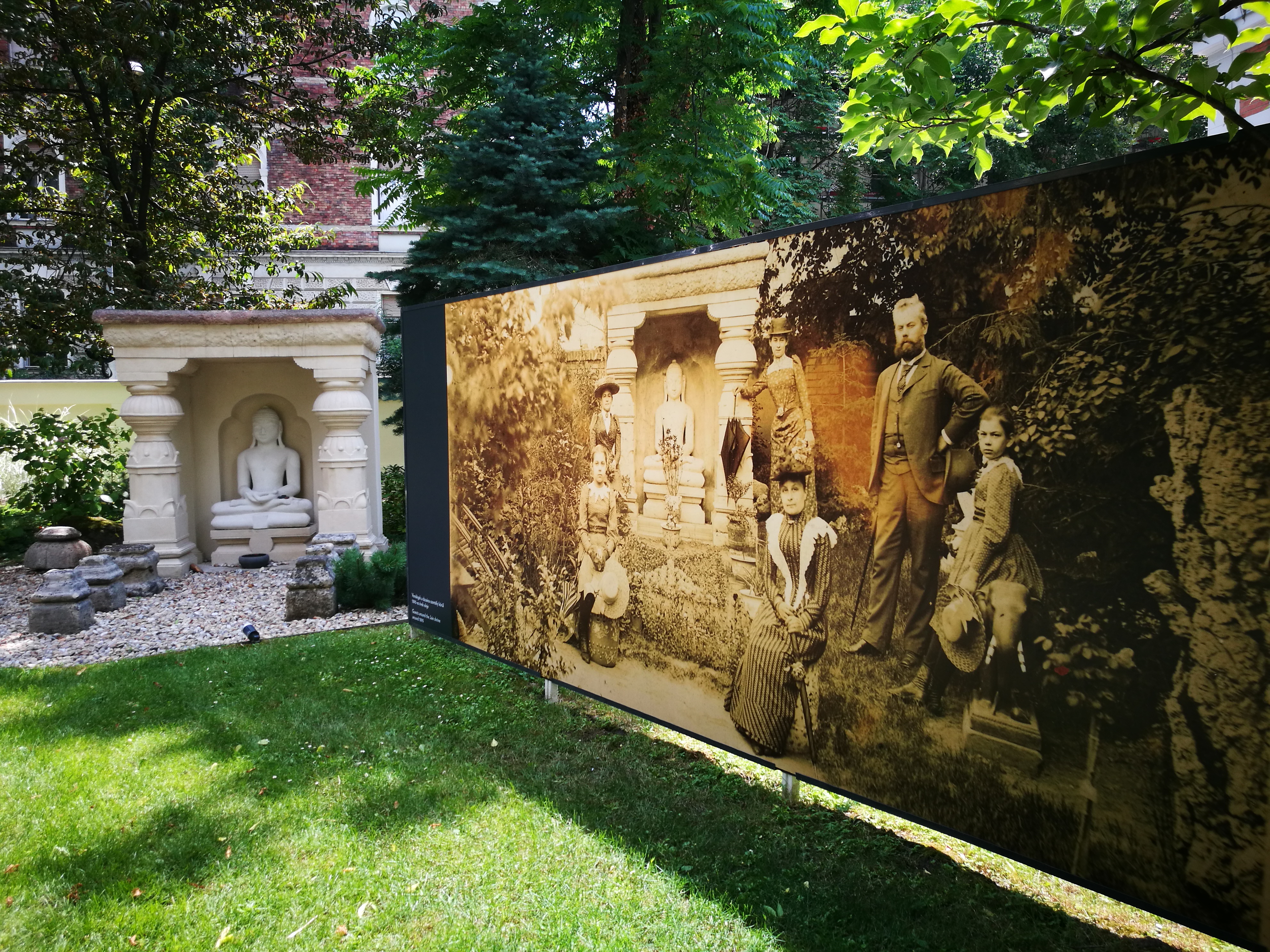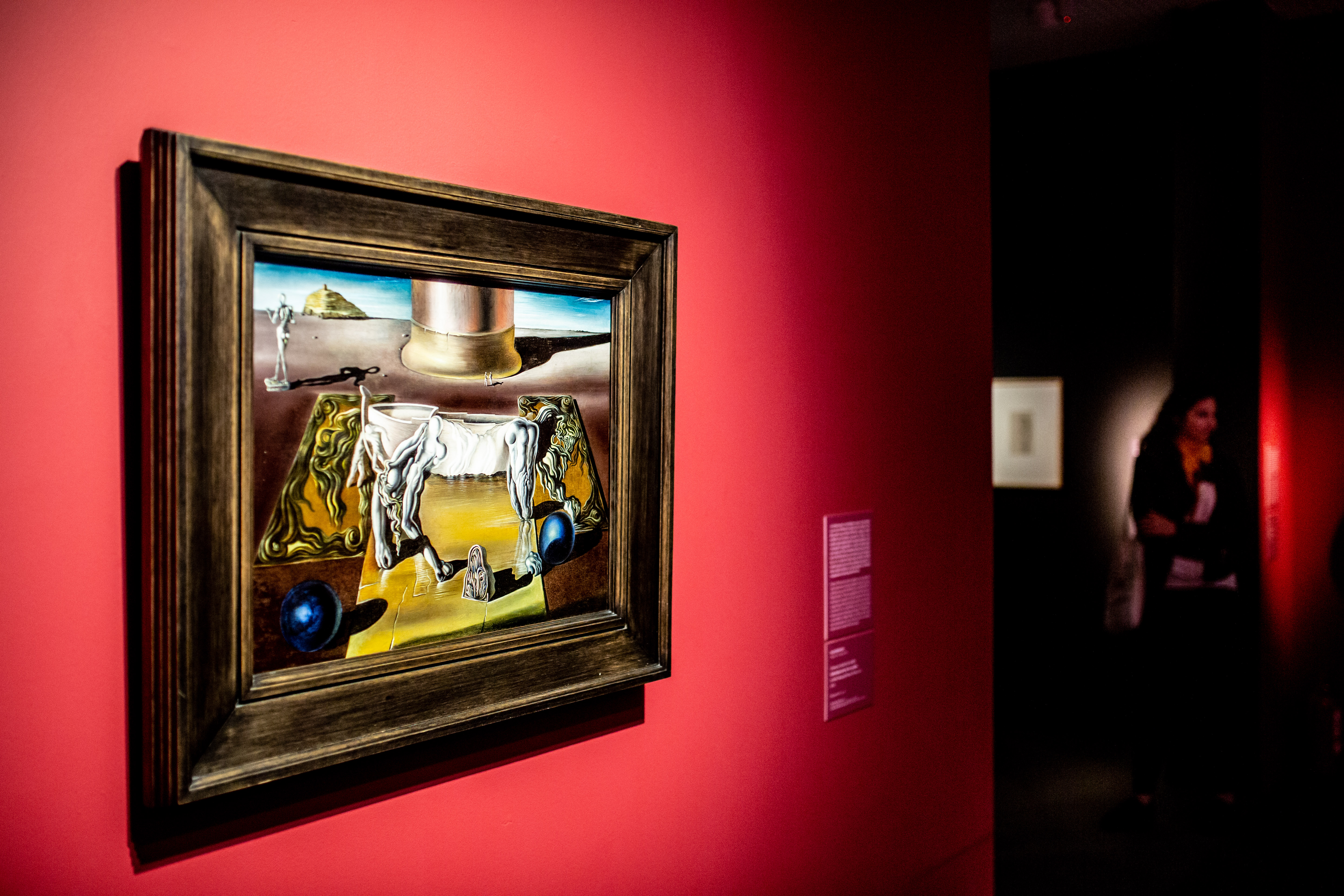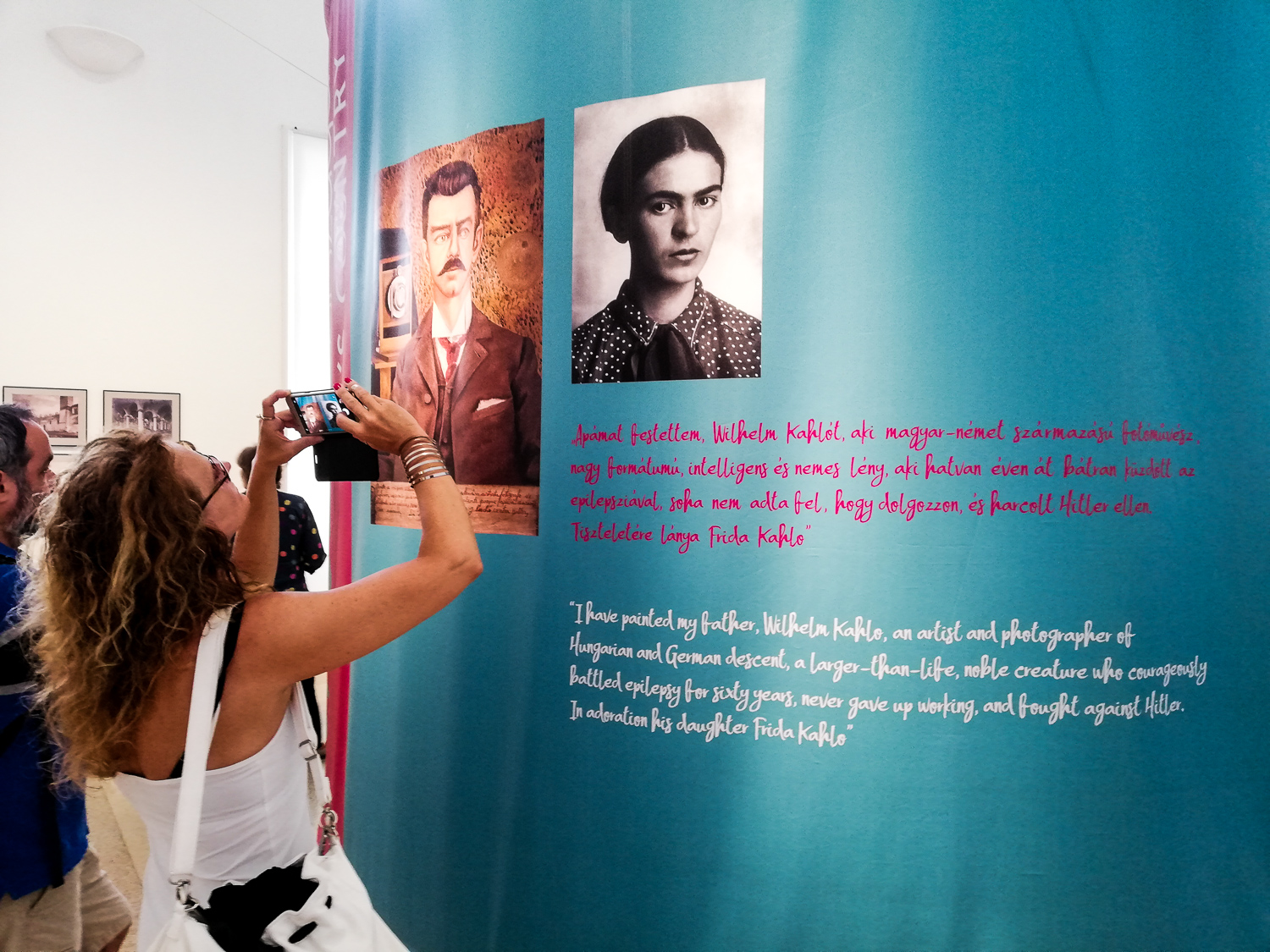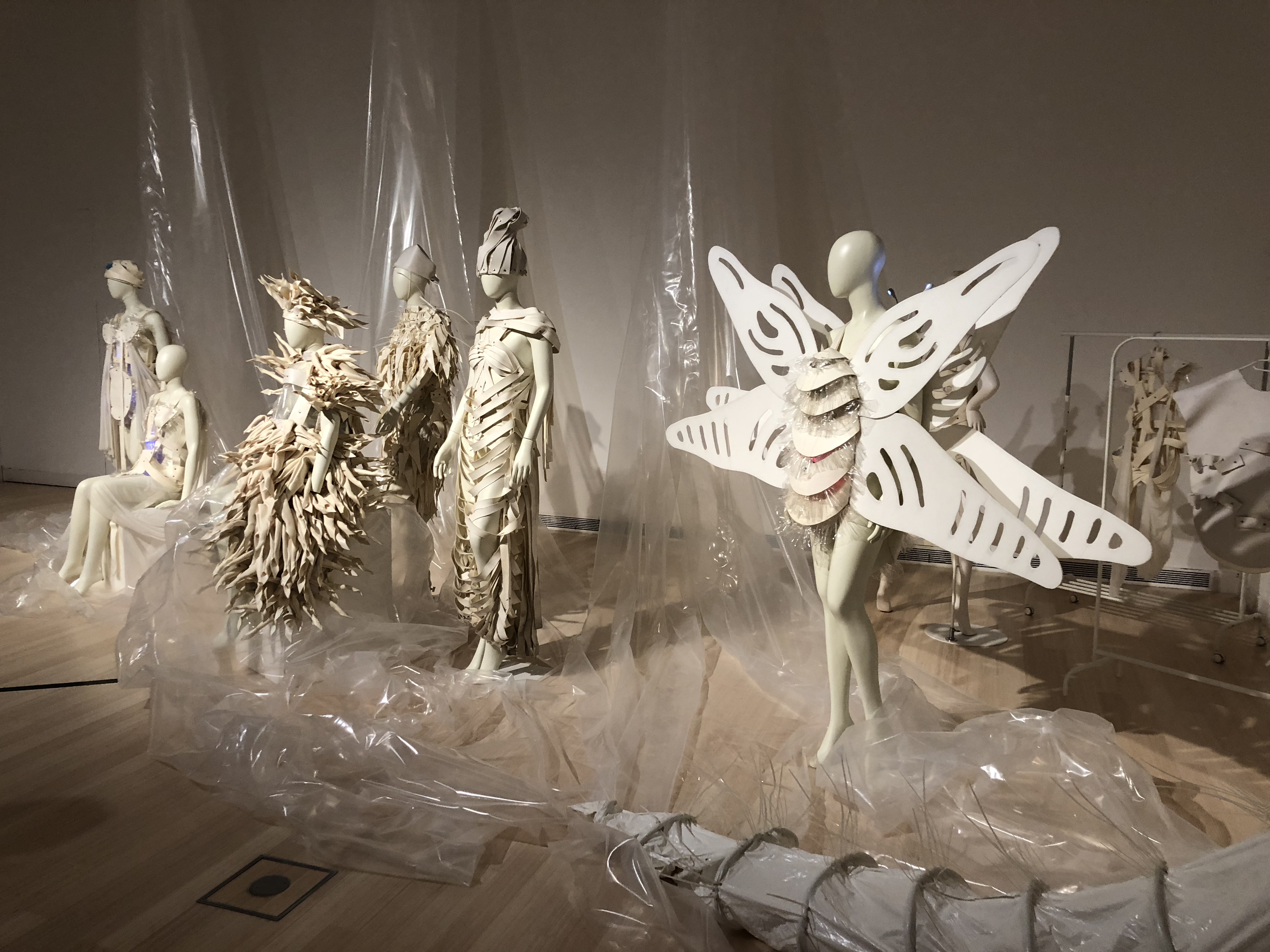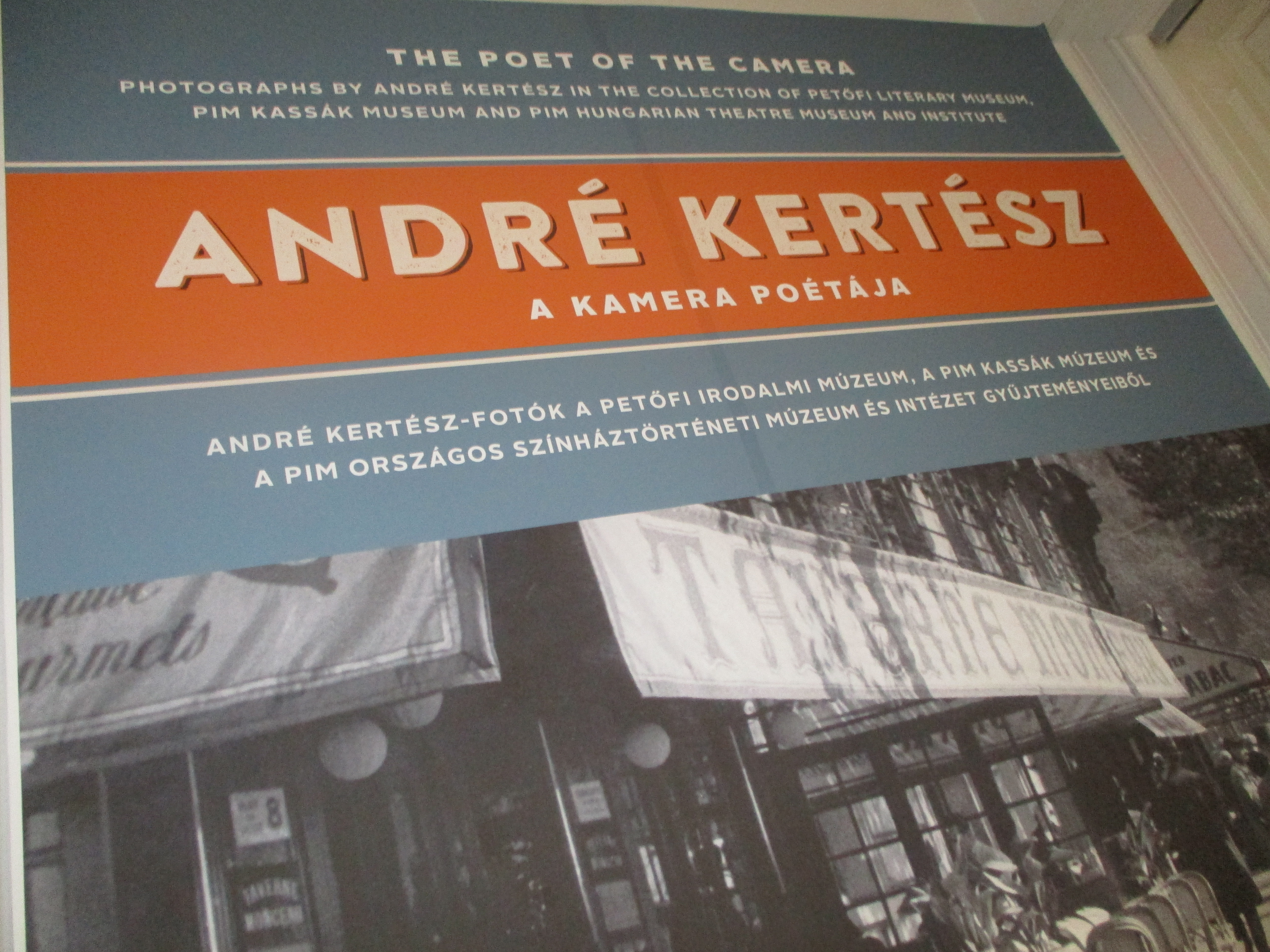1/10
Ferenc Hopp Museum of Asiatic Arts – Made in Asia
This exotic institution set in Budapest’s leafy diplomatic quarter marks the centenary of the birth of traveller and art collector Ferenc Hopp. Hopp bequeathed his 4,000-piece collection and villa to the Hungarian State, which now runs it as a museum. The exhibition also honours 150 years of Hungarian-Asian studies with 5,000 objects of art and a room full of Buddhist art. An illustrated commemorative book in English and Hungarian is due to appear in the autumn.
Ferenc Hopp Museum of Asiatic Arts
District VI. Andrássy út 103
Open: Tue-Sun 10am-6pm
Exhibition runs until: 30 August 2020
Admission: 1,200 HUF/reductions 600 HUF
2/10
Hungarian National Gallery – Every Past Is My Past
For the last ten years, two old classmates, Miklós Tamási and Ákos Szepessy, have collated more than 100,000 photographs from private collections and flea markets, painstakingly digitalised for public consumption as the Fortepan archive. Now the HNG is showcasing a selection of 300+ of these vintage images, walking the viewer through the most prominent yet almost mundane moments of the 20th century from an everyday Hungarian perspective.
Hungarian National Gallery
District I. Szent György tér 2, Building A
Open: Tue-Sun 10am-6pm
Exhibition runs until: 25 August
Admission: 3,000 HUF/reductions 1,500 HUF
3/10
Hungarian National Gallery – The Surrealist Movement
Pivoting around the watershed year of 1929, this major exhibition is being held in conjunction with the Pompidou Centre in Paris. All tolled, some 120 works of art, paintings, graphics, sculptures, photographs, films and documents are on display, with focus falling on Salvador Dalí, who arrived in Paris from Catalonia in 1929 and made the landmark Surrealist film Un Chien Andalou with Luis Buñuel that same year. The show also features works by big names such as Pablo Picasso, René Magritte and Joan Miró.
Hungarian National Gallery
District I. Szent György tér 2, Building C
Open: Tue-Sun 10am-6pm
Exhibition runs until: 20 October
Admission: 3,400 HUF/reductions 1,700 HUF
4/10
Kunsthalle – Frida’s Country
After the blockbuster retrospective of Frida Kahlo that saw queues snaking out the door of the National Gallery last summer, the Kunsthalle now gives a new angle to the life of globally popular Mexican artist. Frida’s Country focuses on the works of her photographer father Guillermo, whose images show the development of Mexico City in the early 1900s – and the relationship between Dad and daughter as they travelled around the country.
Kunsthalle
District XIV. Dózsa György út 37
Open: Tue-Wed, Fri-Sun 10am-6pm, Thur noon-8pm
Exhibition runs until: 22 September
Admission: 1,300 HUF/reductions 650 HUF
5/10
Ludwig Museum – Tamás Király
It’s perhaps surprising that it’s taken this long, six years after his murder, for there to be a significant retrospective exhibition of groundbreaking fashion designer Tamás Király. A key figure in the underground milieu of the 1980s, Király staged shows, events and happenings, both here and in Berlin. He also had a regular showcase during the early years of the Sziget Festival. This provides a peek into Hungary during the last phase of Communism, when the country was still closed but the cracks were beginning to show. A guided tour is advised – there’s one given in English at 5pm on 11 August.
Ludwig Museum
District IX. Komor Marcell utca 1
Open: Tue-Sun 10am-8pm
Exhibition runs until: 15 September
Admission: 1,600 HUF
6/10
Mai Manó Ház – The Many Lives of Erik Kessels
Award-winning Dutch artist and photographer has published more than 60 books, most using archive images or ones Kessels has found discarded and he has repurposed. Family albums, flea markets, private collections, all is fair game when Kessels starts to rummage, many depicting the diversity of human life. This exhibition, opened by Kessels himself, presents his works through 17 projects and an installation comprising many hundreds of images. It also showcases the first-ever presentation of three new creations by Kessels: a video and two new photography books, Budapest Beauties, focusing on the Hungarian capital, and In Almost Every Picture.
Mai Manó House
District VI. Nagymező utca 20
Open: Tue-Sun noon-7pm
Exhibition runs until: 18 August
Admission: 1,500 HUF/reductions 700 HUF
7/10
Museum of Fine Arts – Renoir: Reclining Nude
On view until August in the Michelangelo Hall of the revamped Museum of Fine Arts, Renoir: Reclining Nude was first displayed at Budapest’s National Salon in 1907. The painting by foremost Impressionist Auguste Renoir wasn’t kept in Hungary then as there weren’t the funds to pay for it. Recently, more than a century later, this situation was rectified to the tune of $12 million plus, when the illustration of Renoir’s wife’s cousin Gabrielle came on the market and was sold at the European Fine Art Fair in Maastricht. The reconfigured Museum of Fine Arts is a must-visit in any case, with its magnificent Roman Hall and priceless items in the da Vinci Hall.
Museum of Fine Arts
District XIV. Dózsa György út 41
Open: Tue-Sun 10am-6pm
Exhibition runs until: 4 August
Admission: 2,800 HUF/reductions 1,400 HUF
8/10
Petőfi Literary Museum – The Poet of the Camera
On 12 March 1927, a landmark event occurred in Hungarian culture. Legendary photographer André Kertész, later to become as famous in France as he was in Hungary, held his first exhibition in the French capital. In attendance were his contemporary Brassaï and leading luminaries of the Hungarian cultural diaspora, not least iconic poet Attila József who gave a reading that night. This fascinating, English-friendly exhibition at the Petőfi Literary Museum, staged to mark the 125th anniversary of the photographer’s birth, fills three rooms with 73 lesser-known images and memorabilia. Some have never been displayed before. Note the original invitation to the 1927 show and an edition of the 1934 book The Real Ady, in which writer György Bölöni and Kertész followed in the footsteps of legendary poet Endre Ady around the pre-war coffeehouses and hotels of Paris.
Petőfi Literary Museum
District V. Károlyi Mihály utca 16
Open: Tue-Sun 10am-6pm
Exhibition runs until: 6 October
Admission: 1,000 HUF/reductions 500 HUF
9/10
Robert Capa Contemporary Photography Center – Lartigue
Born the same year as Hungarian photographer André Kertész, Frenchman Jacques Henri Lartigue also found fame abroad, most notably at New York’s Museum of Modern Art (MoMA), where an exhibition thrust him into the international spotlight at the age of 69. A painter as well as a photographer, Lartigue first snapped prestigious sporting events before moving into fashion, where he found his niche. Life in Color at the Capa Center brings together about a third of his work, taking the viewer on a journey through the 20th century and showcasing the development of colour film photography.
Robert Capa Contemporary Photography Center
District VI. Nagymező utca 8
Open: daily 11am-7pm
Exhibition runs until: 1 September
Admission: 1,500 HUF/reductions 800 HUF
10/10
Vasarely Museum – Moon Museum 1969
The Vasarely Museum stages this exhibition to mark the 50th anniversary of the Moon landing. Subtitled ‘Art and Space’, it celebrates not only the huge advances in science and technology that paved the way for this momentous occasion, but also the art that was produced during this period of the Space Age and the Cold War. The Moon landing also coincided with the career high of Op-Art pioneer Victor Vasarely, who named many of his works after stars or constellations. He even created a series inspired by a burst of electromagnetic radiation out in space detected by Soviet and American scientists and first thought to have been some kind of communication from another planet. The exhibition also encompasses how Hungary took in and reacted to the Moon landing.
Vasarely Museum
District III. Szentlélek tér 6
Open: Tue-Sun 10am-5.45pm
Exhibition runs until: 22 September
Admission: 800 HUF/reductions 400 HUF

